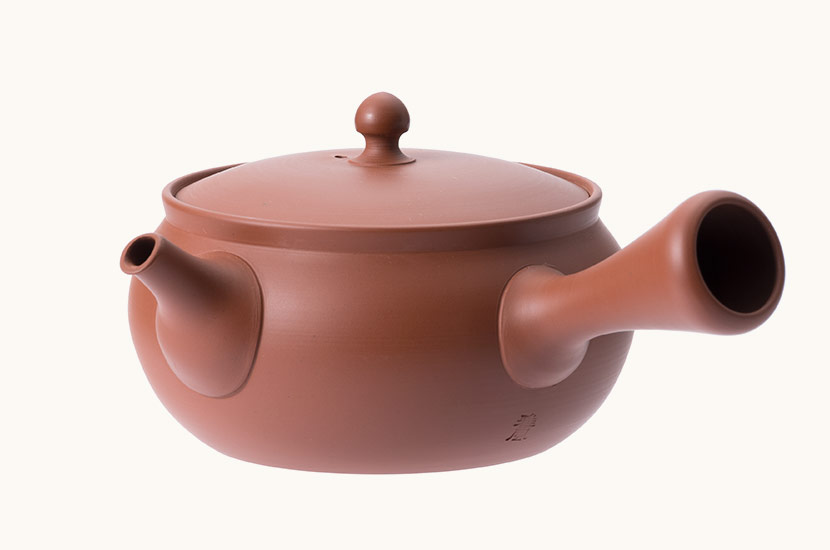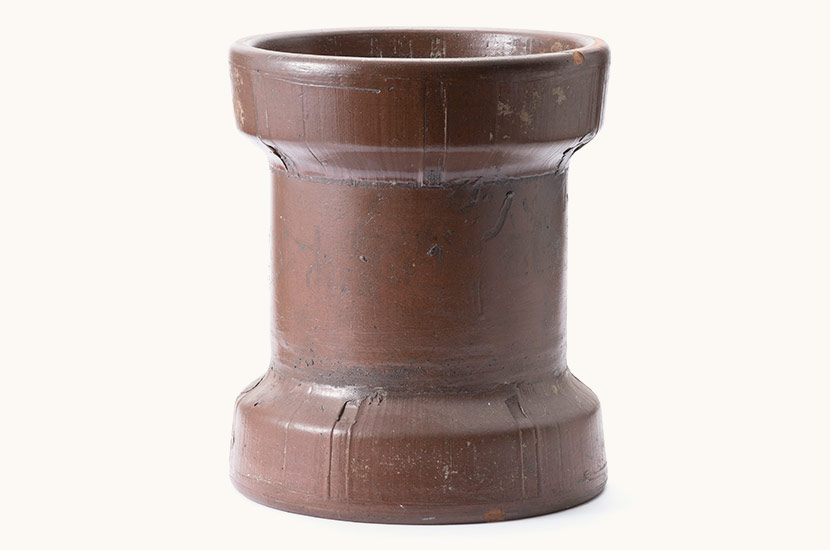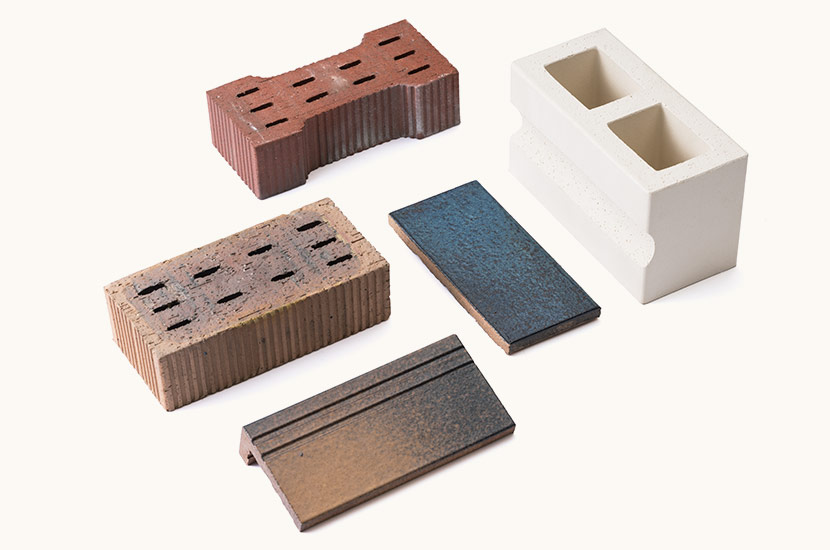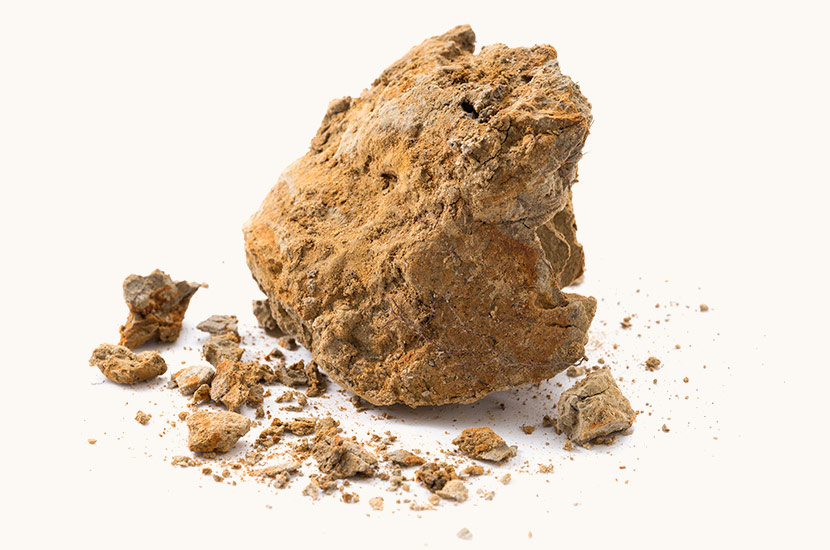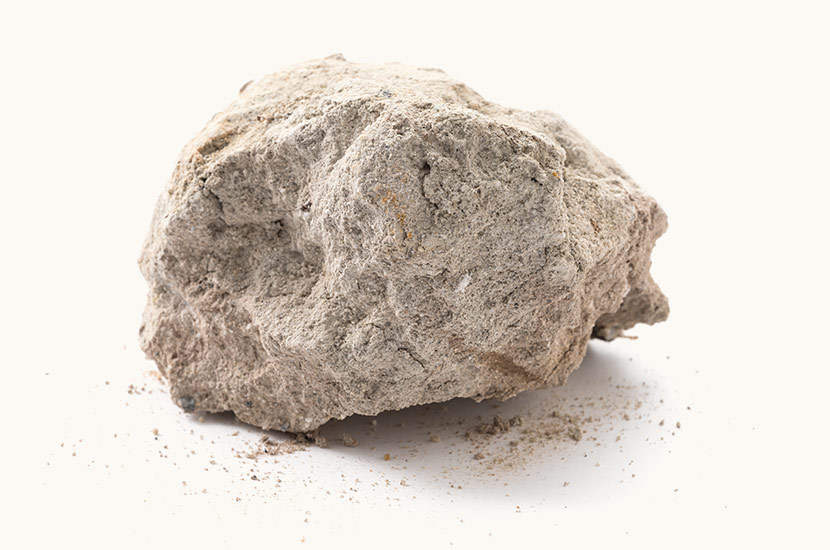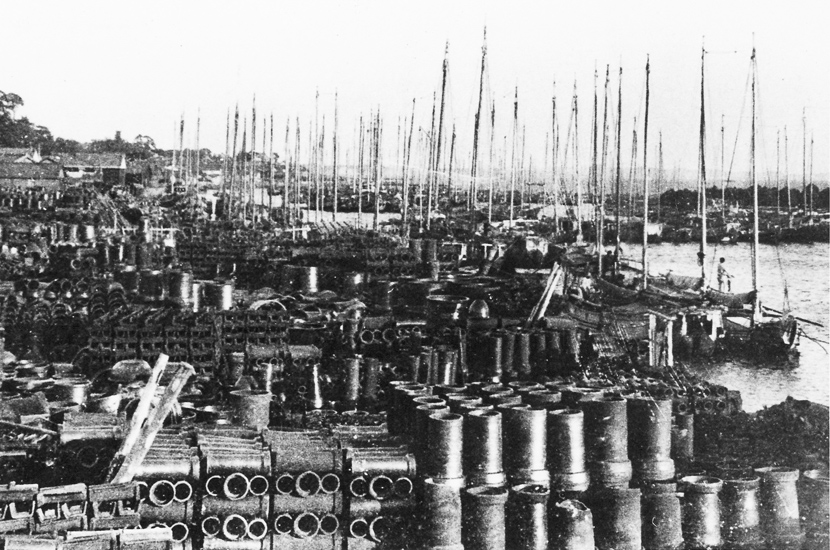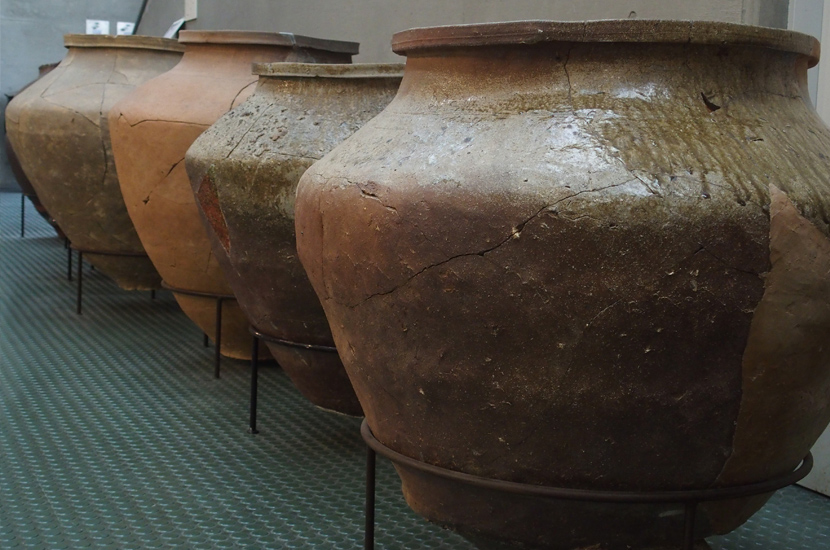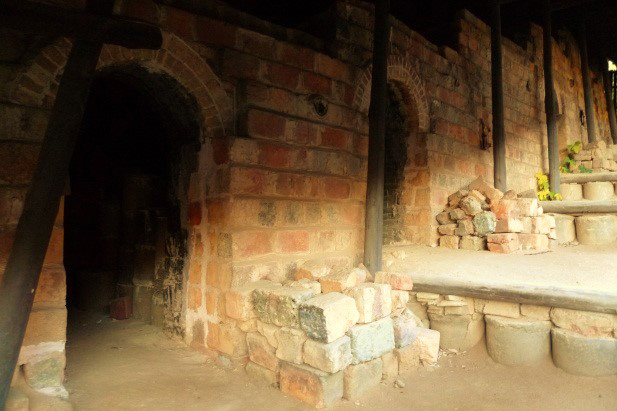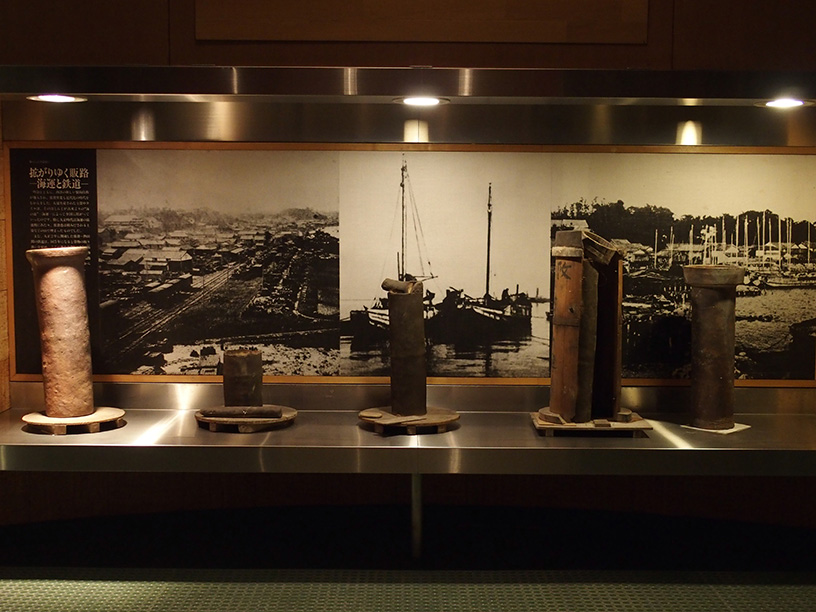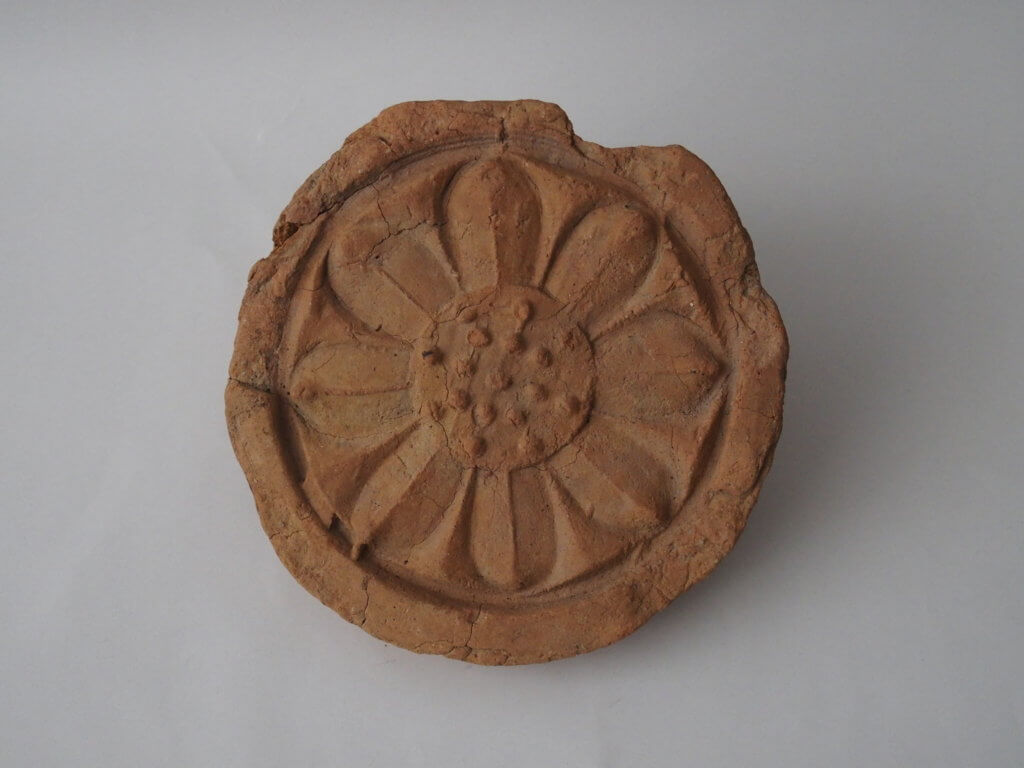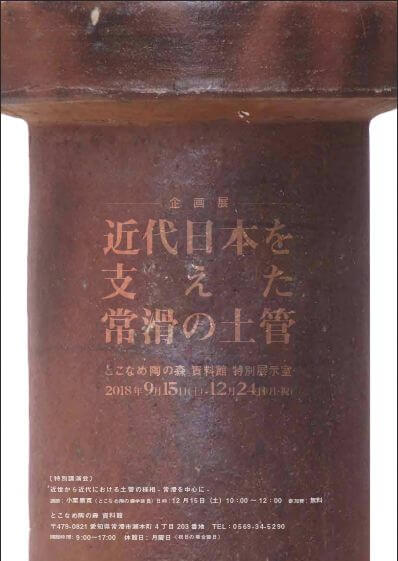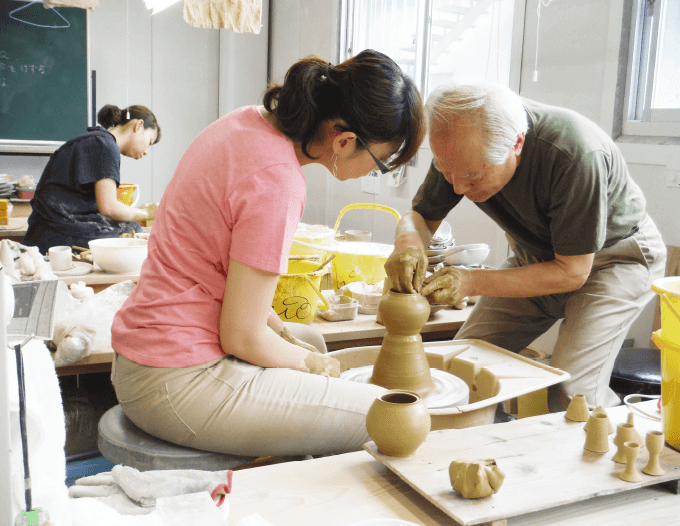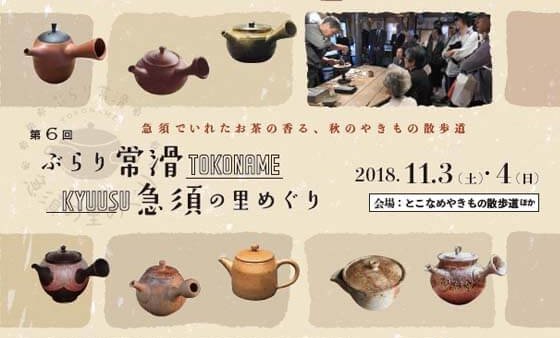Late Heian era (around year 1100)
Beginning of Tokoname ware
The beginning of Tokoname ware, which drew its influences from the Sanage kilns, dates back to the late Heian era (around year 1100). These kilns were built on the hills of the Chita Peninsula. Their main products were clay bowls, pots, and jugs. The kilns used during these times were simple kilns called anagama (cellar kilns) and it is said that up to 3000 kilns were built in this area of the Chita Peninsula. According to archaeological findings, Tokoname ware pots were widely distributed to large cities across Japan, such as Hiraizumi, Kamakura, Kyoto, Sakai, Hiroshima, Hakata, and Dazaifu.
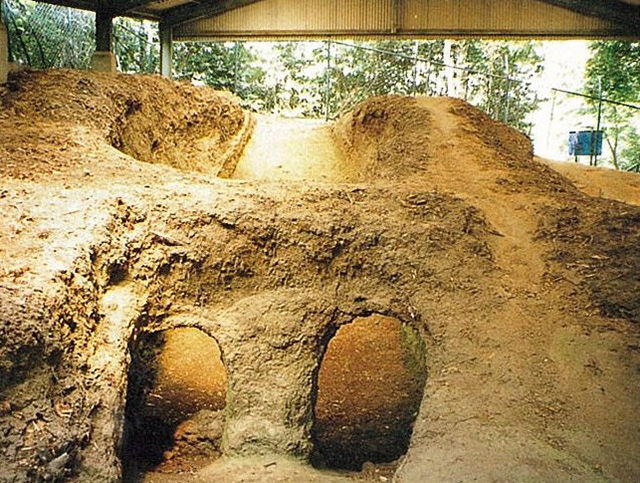 Anagama (cellar kilns) at the Kogaike old kiln site.
Anagama (cellar kilns) at the Kogaike old kiln site.
The late Heian period











